Black History
When Paying Homage to Our History, Remember Our Ancestors’ Stories that the Bones Will Tell
NEW ORLEANS DATA NEWS WEEKLY — In September, 1997, Dr. Michael Blakey, former Howard University archaeology professor visited New Orleans.
By Leon A. Waters, Chairperson of the Louisiana Museum of African American History; Manager of Hidden History Tours, @ www.HiddenHistory.us
In September, 1997, Dr. Michael Blakey, former Howard University archaeology professor, and former director of the African Burial Project from New York City, visited New Orleans. Dr. Blakey was brought to New Orleans to introduce New Orleans public high school teachers and students to the world of archaeology and anthropology by examining the former slave skeletal remains buried in two former slave cemeteries on the site of the Bonnet Carre’ Spillway.
This educational venture was part of the Authentic Voices Project, an African Studies program, chaired by its director, Dr. Clyde Robertson and sponsored by the New Orleans Public School System. This effort was conducted jointly with Malcolm Suber, spokesperson for the African American History Alliance of Louisiana, (now the Louisiana Museum of African American History), the Army Corps of Engineers, and the University of New Orleans.
Teachers and students from Booker T. Washington, Benjamin Franklin, McDonogh #35 and McMain High Schools visited the former cemetery sites of the Kugler and Kenner plantations. Dr. Blakey demonstrated how excavation is conducted, engaged the students in the process, and conducted a public examination of some of the skeletal remains obtained negligently by the Corps of the Engineers. Dr. Blakey would make the comment: “Much of the written record of the former enslaved has been neglected. Archaeology is what is used to uncover this record. The living people are not here, but the remains are.”
What did the bones reveal?
The bones of several African peoples (Kongo, Angola, Mandingo, Senegal, etc.) were examined and explained. Dr. Blakey was able to trace the impact of ‘slave labor’ on the human body. His examination of the deceased bones would reveal damage to the upper and lower body parts traced back to repetitive motion, or mechanical stress in the bones or both. He would explain how the muscle and ligament attachments of the arms and legs illustrated how the enslaved was engaged in lifting and pulling. He pointed out the many examples of muscle tear in the arms and the legs consistent with overwork.
He furthered examined the dental remains. He was able to highlight the kinds of foods the enslaved consumed noting that the enslaved had a very unhealthy and poor diet. This was very evident by his examination that included chemical testing. The enslaved diet consisted of a large reliance of starchy foods, including flour, corn, peas, yams, potatoes, sugar, rum and salted fish. In addition, his examination revealed the presence of scurvy, dental loss, and abscessing which was consistent with a diet in sugars and starches.
Dr. Blakey was able to show how the enslaved from the two cemeteries were worked to death and how malnourished they were. His examination would reveal the depth of the oppression our ancestors suffered. The scholarly work that he introduced to those teachers and students is no longer being shared or taught in our public schools today. Today, Dr. Blakey is the Director of the Institute for Historical Biology at William and Mary College in Virginia.
We, who are citizens in New Orleans, have to find a way to restore such invaluable instruction to today’s schools.
Activism
Oakland Post: Week of April 24 – 30, 2024
The printed Weekly Edition of the Oakland Post: Week of April 24 – 30, 2024

To enlarge your view of this issue, use the slider, magnifying glass icon or full page icon in the lower right corner of the browser window. ![]()
Activism
Oakland Post: Week of April 17 – 23, 2024
The printed Weekly Edition of the Oakland Post: Week of April 17 – 23, 2024

To enlarge your view of this issue, use the slider, magnifying glass icon or full page icon in the lower right corner of the browser window. ![]()
Black History
Matthew Henson: Explorer Extraordinaire
Matthew Henson, a trailblazing explorer who overcame countless obstacles to leave an incredible mark on history. Born on August 8, 1866, in Charles County, Maryland, his journey is a testament to the power of determination and the spirit of adventure.

By Tamara Shiloh
Matthew Henson, a trailblazing explorer who overcame countless obstacles to leave an incredible mark on history. Born on August 8, 1866, in Charles County, Maryland, his journey is a testament to the power of determination and the spirit of adventure.
Henson’s life began amidst the backdrop of post-Civil War America, where opportunities for African Americans were scarce. From a young age, he possessed an insatiable curiosity about the world beyond his small town. At the age of 12, he embarked on a journey that would change the course of his life forever when he joined a merchant ship as a cabin boy.
His most famous expedition was his journey to the Arctic with renowned explorer Robert E. Peary. In 1887, Henson joined Peary’s crew as a seaman and quickly proved himself to be invaluable with his skills as a navigator and craftsman. Over the course of several expeditions, Matthew endured extreme cold, treacherous terrain, and grueling conditions as he and Peary sought to reach the elusive North Pole.
In 1908–09, Peary set out on his eighth attempt to reach the North Pole. It was a big expedition, with Peary planning to leave supplies along the way. When he and Henson boarded their ship, the Roosevelt, leaving Greenland on August 18, 1909, they were joined by a large group. This included 22 Inuit men, 17 Inuit women, 10 children, 246 dogs, 70 tons of whale meat, blubber from 50 walruses, hunting gear, and tons of coal.
In February, Henson and Peary left their anchored ship at Ellesmere Island’s Cape Sheridan, along with the Inuit men and 130 dogs. They worked together to set up a trail and supplies along the way to the Pole.
Peary picked Henson and four Inuit people to join him in the final push to the Pole. However, before they reached their destination, Peary couldn’t walk anymore and had to ride in a dog sled. He sent Henson ahead to scout the way. In a later interview with a newspaper, Henson recalled being in the lead and realizing they had gone too far. The group turned back, and Henson noticed his footprints helped guide them to their destination. At that location, Henson planted the American flag.
Henson’s legacy extends far beyond his expeditions to the Arctic. He shattered racial barriers in the world of exploration and inspired countless individuals, regardless of race, to dream big and pursue their passions. In 1937, he was finally recognized for his achievements when he was inducted into The Explorers Club, an organization dedicated to promoting scientific exploration and field research.
Matthew Henson died in the Bronx, New York, on March 9, 1955, at the age of 88.
-

 Community2 weeks ago
Community2 weeks agoFinancial Assistance Bill for Descendants of Enslaved Persons to Help Them Purchase, Own, or Maintain a Home
-

 Activism3 weeks ago
Activism3 weeks agoOakland Post: Week of April 3 – 6, 2024
-

 Business2 weeks ago
Business2 weeks agoV.P. Kamala Harris: Americans With Criminal Records Will Soon Be Eligible for SBA Loans
-

 Community2 weeks ago
Community2 weeks agoAG Bonta Says Oakland School Leaders Should Comply with State Laws to Avoid ‘Disparate Harm’ When Closing or Merging Schools
-

 Activism2 weeks ago
Activism2 weeks agoOakland Post: Week of April 10 – 16, 2024
-

 Community1 week ago
Community1 week agoOakland WNBA Player to be Inducted Into Hall of Fame
-

 Community1 week ago
Community1 week agoRichmond Nonprofit Helps Ex-Felons Get Back on Their Feet
-
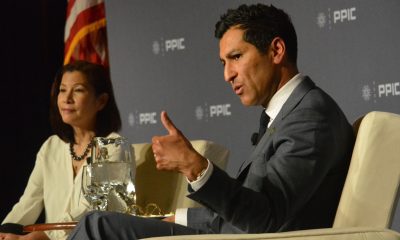
 Community2 weeks ago
Community2 weeks agoThe Year Ahead: Assembly Speaker Rivas Discusses Priorities, Problems

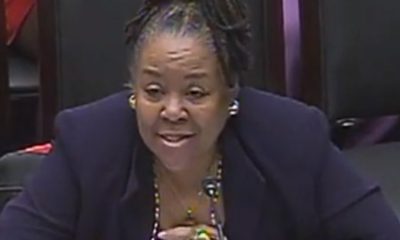

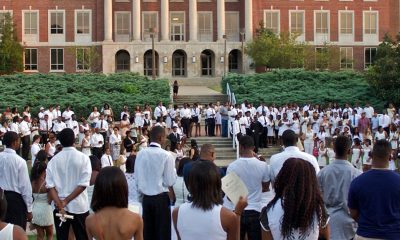





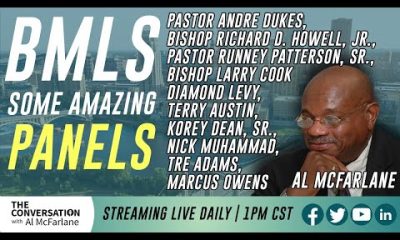

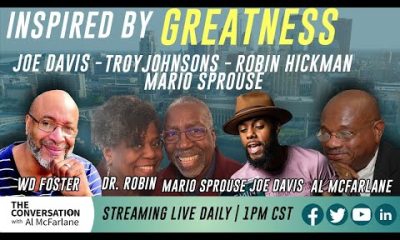














































1 Comment